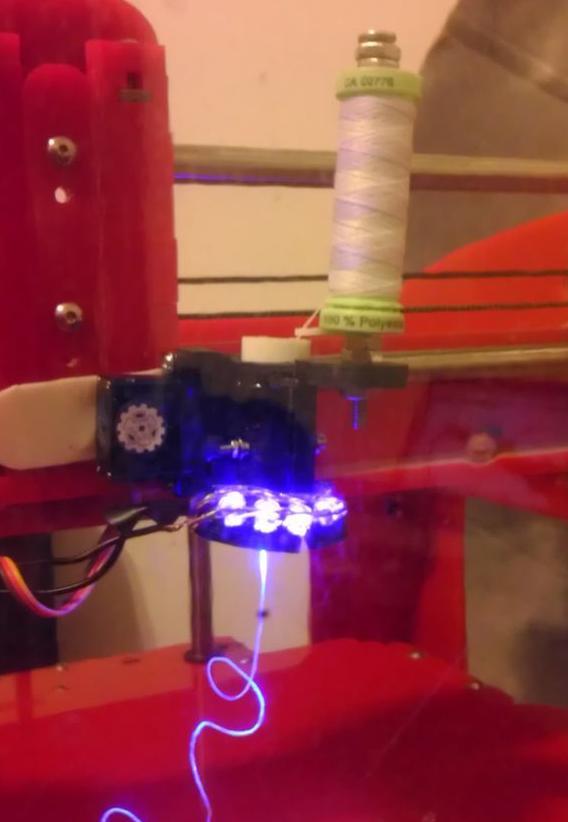
There are countless other examples in nature of just how intelligent mother earth, God, evolution, or whoever else you believe is responsible for everything here on earth, can be.
One Illinois Institute of Technology (IIT) student, named Sebastian Morales, considers himself a rather big fan of mother nature, and he is always looking at ways in which he can incorporate the technology into some of his creative thinking. “Fascinated by nature’s way to fabricate, I got inspired to create The Bug, a 3D printer-like robot that can create using composite fibers,” explained Morales.
3D printing of composite fibers is something that surely many companies are trying to figure out. It could potentially open up an incredible realm of new uses for 3D printing technology. Everything from carbon fiber, to insulation, more efficiently produced engine parts, and even more structurally sound buildings could be produced if there was an easy way to 3D print with composite fibers.
Morales decided to attempt to create a 3D printer that could print using fibers combined with UV sensitive resin, to create objects which could potentially change the way things are manufactured. His 3D printer is called ‘The Bug’, a name quite suiting considering the way in which many insects and spiders create their webs and cocoons.
“Most of the inspiration was narrowed form nature, looking [at] how animals and insects are able to create by mixing elements,” explains Morales on his Instructables page. “3D printers, however, are limited to layers and the strength of the bond between them, making parts significantly weaker than parts of the same materials made by injection molding, machining or casting. These days the market for 3D printers is getting crowded, and yet the market for fiber composites rapid prototyping has been barely explored.”
Matt Spenko, Ph.D, provided Morales with a Fab at Home 3D printer, which was created by students a couple of years ago. From there Morales reengineered it to work the way he wanted. He set it up to take in cotton thread, and then soak that thread in a UV curable resin. The thread is then extruded out of the printer, and once put in place on the build platform, it is hit with LED lights which almost instantly cure (harden) it.
So far the printer can make some very basic designs, as seen in the included photos and videos. It currently follows a 3D grid, which is printed first in order to create a rigid structure which other fibers can then be bonded to. Morales hopes to advance this machine further through more comprehensive software which can aid in generating more accurate and efficient print paths for objects.
“It has been a long way and I cannot yet see the finish, but the road looks amazing,” writes Morales.
The possibilities of a machine like this, if built upon, could be extraordinary for many different fields. It should be quite interesting to follow Morales and the development of his Bug 3D printer. What do you think? Does this have potential? Discuss in ‘The Bug’ forum thread on 3DPB.com. Check out some more photos and videos below: